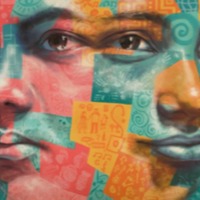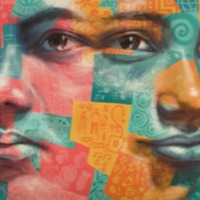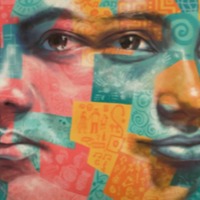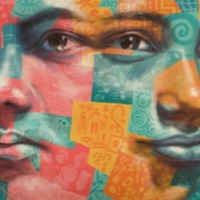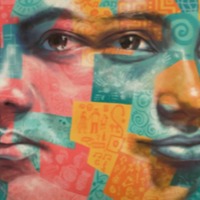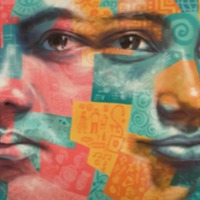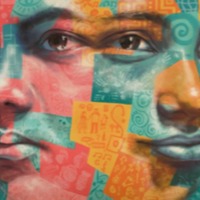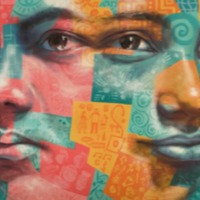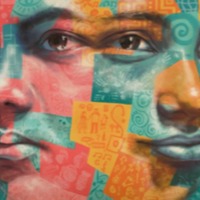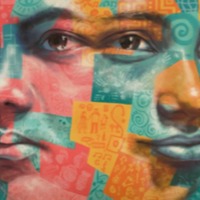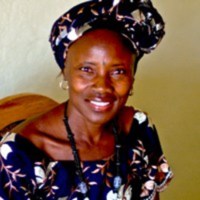
At the time I was 19, and a friend of mine asked me to go and spend time with her in Liberia. We went to a man, and she introduced me to the man like, “this is the one that we are going to Liberia with.” Then all of a sudden she told me like, “oh I forgot one document. Let me go home so that I will go and collect it.” I said, “ok, I hope you will come later.” She left. That was the end. I never saw her again.
We left in the car, me and the man. So, after a day or two, we reached Monrovia. He took me to a big compound, telling me, that’s the room that they found for me. That night he asked me to have sex with him. I said, “no, this is not the arrangement, because my friend said we are just coming to spend time here.” Then, in that room, he told me, “don’t you know I am your boss? I bought you from that lady.” After having the sex with him, he kept me in the room, employing other men to come. I was there for two years.
I’m a survivor. So I’m not ashamed to tell them: “I was there, but God brought me out for a special purpose.” And this is the purpose, to tell my testimony, and tell people that this thing is happening. Now I talk in villages and schools, telling them about my past experience. After giving them the definition of human trafficking, I always back it up with my story. So people will know that this thing is a real thing. It is happening. I am hoping that this thing will come to a stop. We are ready to fight what is going on now.
Narrative as told to the Faith Alliance Against Slavery and Trafficking (FAAST), with implementing partners World Hope International and World Relief, January 2006, in Makeni, Sierra Leone.
